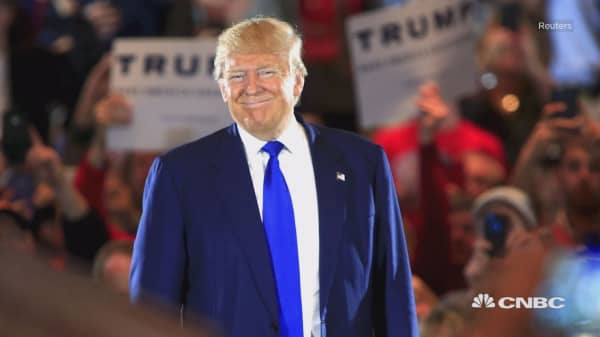As we watch GOP strategists scramble to try to find a way around Donald Trump, tossing around the idea of running a third-party candidate, it is begging for comparisons to one of the oddest fights of all time: The Democratic Convention of 1924.
That convention saw a prolonged fight over the direction and focus of the Democratic Party and it marked the end of the Progressive movement. The fight was between the urban-focused anti-prohibition "wets" led by their hero NY Governor Al Smith, the first Catholic to seriously seek the nomination, and the "drys," headed by former Treasury Secretary William McAdoo, the son-in-law of Woodrow Wilson. The Catholic angle played a very large role in the battle, especially since the Ku Klux Klan, then a very powerful and growing force in politics, endorsed McAdoo and held a "Klanbake" before the convention.










